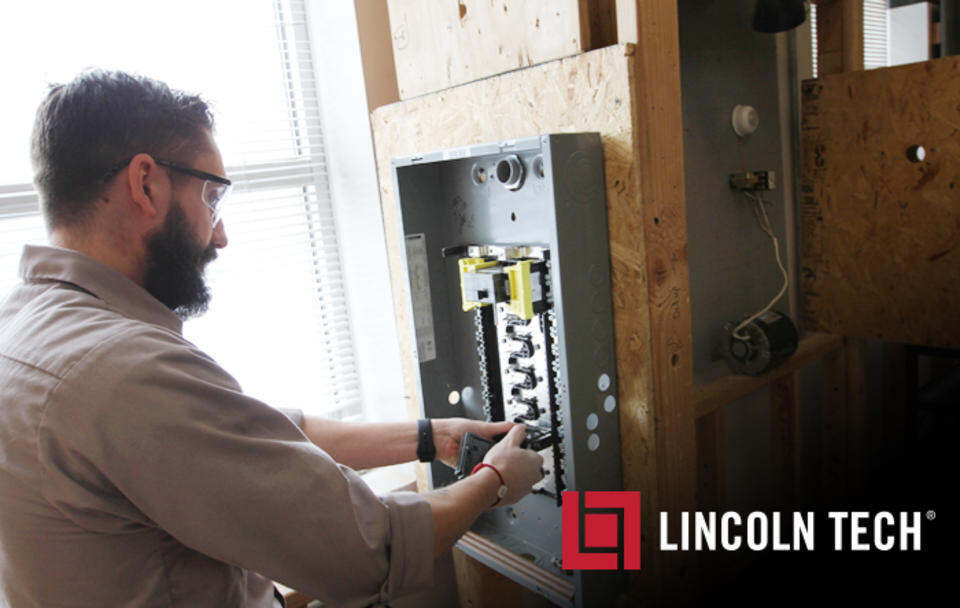How Long Does it Take to Become an Electrician?


With proper instruction and working under the supervision of a licensed electrician, you can begin performing electrical work in as little as a year. To become a licensed electrician, though, you need a considerable amount of training, work experience, and successful licensing. Regulations vary by location, but most states require you to gain experience, pass an exam, and earn a license. The road from student to apprentice to journeyman will take years, but you can earn while you learn.
The Journey to Become an Electrician
There are many routes to becoming an electrician. Your path might begin as an electrician’s hired helper or apprentice. It might also start with self-study to gain theory while looking for a job opening with a licensed electrician. For those who have the opportunity, an electrical trade school might be a great option for you. If this is the case, here is a sample timeline to reaching electrician licensure:
- Enroll in an electrical program at an accredited trade school and accumulate 1,200 hours of classroom and hands-on experience.
- Become an apprentice and work under the supervision of a licensed electrician for 8,000 hours.
- Work as a Licensed Electrical Contractor or Journeyman Electrician for 4,000 hours to qualify for the Master Electrician exam.
Your timeline will vary depending on your state’s licensing requirements and which route you choose to achieve your goal. If you choose education route , the first step is to complete a 1,200-hour electrician training program through an accredited trade school. Upon graduation, you can become a paid apprentice. Once you finish a registered apprenticeship program or four years of equivalent work experience, you can apply for your electrician license and schedule your journeyman licensing exam, which evaluates your knowledge across a range of topics including:
- General Electrical Knowledge
- Electrical Power and Lighting
- Service, Feeders, and Branch Circuits
- High Voltage
- Grounding and Bonding
- Overcurrent Protection
- Conductors and Cables
- Raceways and Boxes
- Motors
- Low Voltage
- Fire Detection and Alarm Systems
- Safety Protocols
After you pass the exam and receive your state license, you can work as a full-fledged electrician. To advance your career further, you can work as a contractor or journeyman for the requisite time and then sit for the master electrician licensing exam.
Factors Affecting the Timeline to Become an Electrician
Your timeline to becoming an electrician can vary depending on your state. For example, but . Your commitment and dedication can also factor in. If you are passionate and driven, you can take on overtime opportunities that can speed up the timeline. Also, choosing a full-time training program will allow you to finish faster than trying to go to school part-time.
Choosing Your Electrician Training Program
Look for a training program that offers classroom and hands-on instruction. A comprehensive program may take up to a year to complete, with set hours for lectures and lab work. Courses and practical training cover important topics such as electrical, motor and generator theory, power distribution and load calculations, residential and commercial wiring, photovoltaic systems, the National Electrical Code, and OSHA safety standards. Much of your training should be hands-on, but blended instruction that combines on-campus and online learning can add flexibility and convenience.
Questions You Should Ask About Any Electrical Training Program:
- How long has the school been in business?
- Is the school accredited?
- Will I get a good foundation for success?
- Are the instructors skilled electricians with years of experience?
- Where do graduates go on to work?
Career Growth and Potential
With employment of electricians projected to grow steadily over the next decade, it is a great time to become an electrician1. As an electrician, you will usually work full-time, with opportunities for overtime to supplement your salary.
1 Bureau of Labor Statistics, U.S. Department of Labor, Occupational Outlook Handbook, Electricians, at (visited February 23, 2024).
